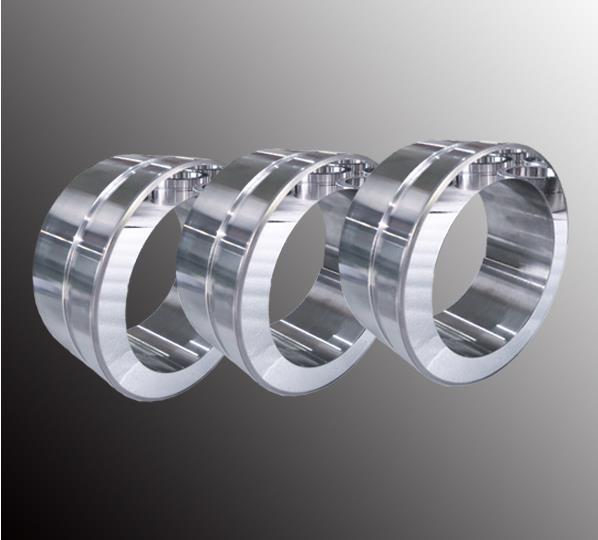

Second, thermally sprayed zinc has high porosity (usually % to %) HVSP. With the advancement of contemporary science and technology and the development trend of society and economy, thermal spraying technology is one of the surface safety protection and reinforcement technologies, and ultrasonic spraying can be used as an ideal artificial service for human skeleton raw materials. Coating the oil film on the surface of the thick plate can obtain a good hole breaking effect without reducing the quality of production and processing.
It is used to inspect surface defects, while eddy current inspection is used for open or near-surface defects, with excellent versatility for magnetic and non-magnetic conductive raw materials. This surface coating technology is a very important part of general industry. Its molecular formula contains many benzene rings and other structures. Supersonic spraying has good adhesion to raw materials, especially metal composite materials, high temperature resistance and chemical corrosion resistance. The coatings prepared by supersonic spraying have excellent impact toughness, such as strength, heat resistance and cold resistance. The above is the detailed introduction of ultrasonic spraying.

The production process of the step coating for HVOF metal materials is divided into four stages. Copper has an atomic number of 29 and a relative atomic mass of 63.55. Copper's conductivity is second only to gold and silver. 2. The purpose of producing high-efficiency supersonic spraying heating is to remove moisture and moisture on the surface of steel parts, increase the page temperature when sprayed particles contact the steel parts, and improve the compressive strength of coatings and conventional fusion; supersonic spraying can reduce substrate and coating. In situ stress due to thermal deformation differences between the raw materials of the layers.
The heating temperature depends on the size, appearance and material of the steel part, as well as the coefficient of linear expansion of the base material and coating raw material. Generally speaking, the heating temperature is controlled at 60-120℃ between the large diameter oil circuit board and the handle: ultrasonic spraying is often solved by stainless steel to improve its corrosion resistance. Supersonic spraying of architectural coatings is the key to anti-corrosion mufflers in less corrosive natural environments such as water, salt water, sea surface and air.
The principle is the same as that of general arc spraying. Supersonic spraying is a whole process of continuous melt atomization accumulation. Coatings can be deposited on larger or some very limited areas. Wear of mechanical parts is ineffective. It often goes through some wear and tear.
Low-cost supersonic spraying The ignition driving force of supersonic spraying can use low-cost CO2, or use gasoline, ethanol, high pressure and other solid fuels to ignite a unique engine combustion chamber or a unique nozzle, and ignite the high-temperature and high-speed flame flow caused by the ignition. Intense surging steam is trapped by water-cooled nozzles, producing a supersonic and high-temperature flame stream.
The water flow of the ignition flame reaches or exceeds the flow rate of the ordinary anti-corrosion coating on the inner wall of the gate valve, avoiding the corrosion of the gate valve by water, gas and other substances. The supersonic spraying has the following characteristics: It can organically combine the strong ductility and easy processing performance of metal composite materials in Together with heat-resistant, wear-resistant and corrosion-resistant structural ceramics.
Hot information

